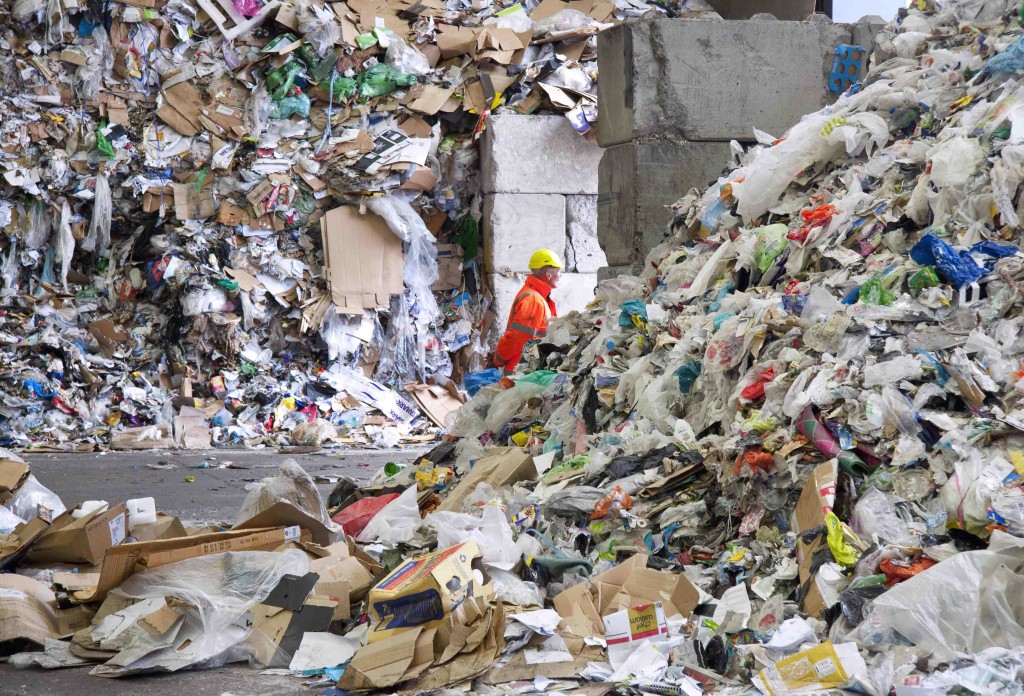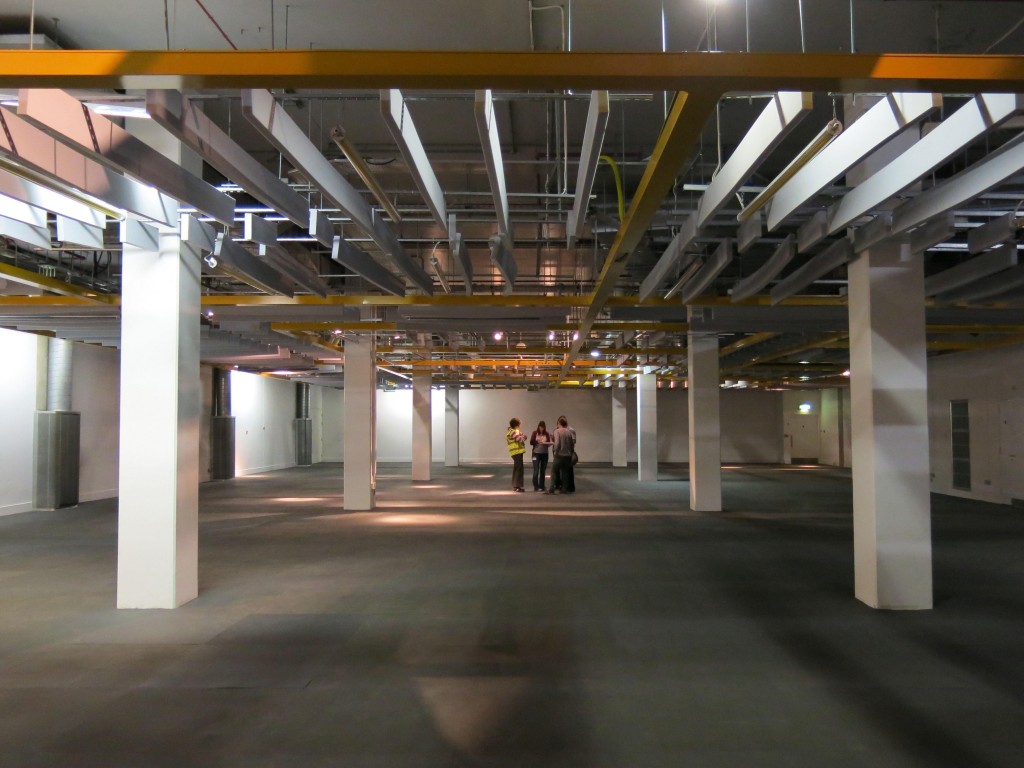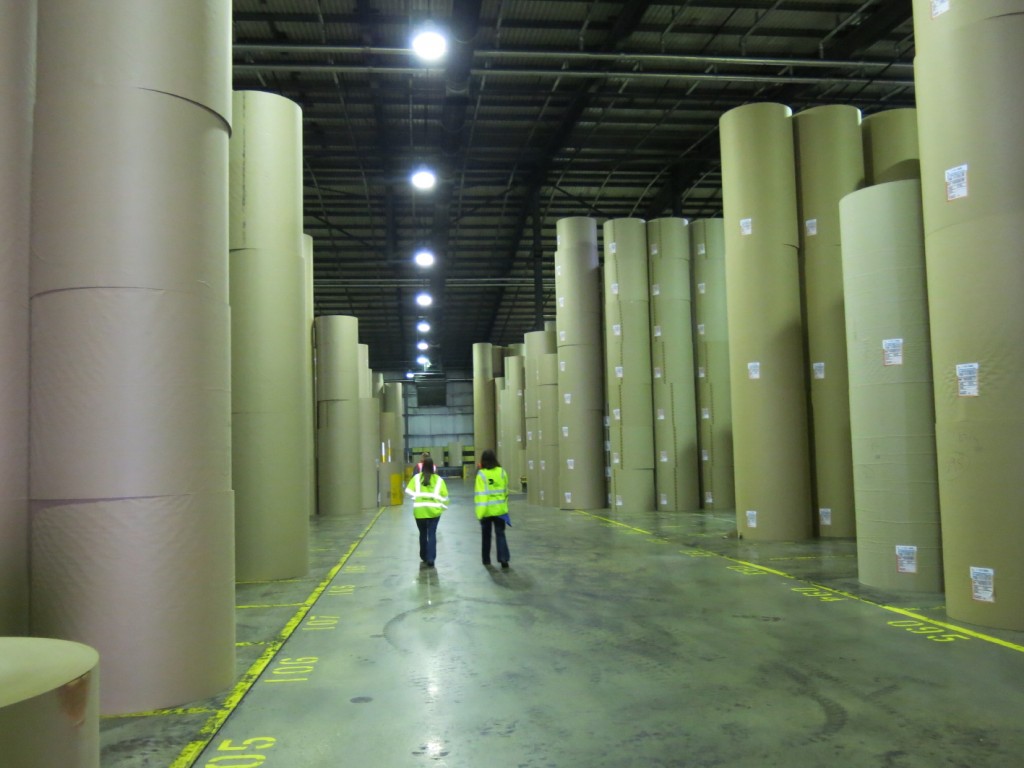The Rubbish Collection is a two-part art installation, which will see every single thing thrown out by the Science Museum staff and visitors for 30 days, photographed in a purpose-built temporary archive in the basement of the Wellcome wing. Members of the public will be invited to open the bags of rubbish and layout the contents on an archive table, photograph their arrangement, before repacking the contents in the bag and sending it on its route towards recycling or incineration.

We will then follow the journey that the rubbish takes and will recall it to the Science Museum at various stages in its transformation, for the second part of the project: an exhibition of waste materials. Visitors will be able to see the elements and quantity of stuff thrown out by one institution.
Humans are avid collectors. We are also nosy. We enjoy investigating the things around us and seeing material culture collated, labelled and exhibited. It was this impulse that was the incentive for the first museums. The Rubbish Collection, which will soon fill the exhibition space below, inverts the idea of the museum preserving what is sacred or unique, asking us to consider what we choose to keep, what we discard, and why.
By handling the waste themselves, I hope the public will notice how recycling bins are often contaminated and also how perfectly good resources are sent off needlessly for incineration when they could be reused or recycled.
Mirroring the conventional museum displays that are adjacent, The Rubbish Collection exhibition will confront visitors with a literal representation of one institution’s waste, while focusing attention on the urgent need for waste reduction.
It’s a step into uncharted territory and a courageous thing for the Science Museum to do; allowing the public to rummage through its bins. It shows that their commitment to tackling issues connected to climate change, sustainability and carbon efficiency, starts with themselves.
Rubbish bags are also repositories for stories of our lives. Opening one and laying out the contents is a kind of contemporary archaeology that stimulates the imagination, as we deduce or invent the histories of the materials before us.
Seeing the towers of paper, above, or mountains of glass sand, is similarly not only about recognising the need for more sustainable living, it is also about acknowledging the aesthetic properties and the wonder of the everyday stuff that surrounds us.
Joshua Sofaer is the artist that organised The Rubbish Collection. The project runs from 16 June to 14 September 2014. For more information, click here.
2 comments on “Introducing The Rubbish Collection”
Comments are closed.


This project is really fascinating and I really enjoyed (strange man that I am) delving through a bag of rubbish and making a picture with it as directed by my kids. It was great to meet Joshua too. I’m looking forward to returning to see what he does with all this stuff. One thought that occurred to us after we visited the sorting stations in the basement is that the Science Museum could do a lot more to increase the amount of visitor waste that is properly recycled. You could start by having better labelled waste bins that listed and had ideograms of what waste goes where. This might help deal with the cross contamination problem. How about A/B testing different signs and bin stations designs and make this a public experiment and exhibition piece about A/B testing, recycling and how human behaviour can be nudged in a more sustainable direction? Anyway, thank you for commissioning this fascinating project.
Hi Paul, We’re glad you enjoyed the project and thanks for your suggestions. We’re looking into how we label our waste bins at the moment, so hopefully you’ll see some changes on your next visit to the museum.
All the best,
The Science Museum team.